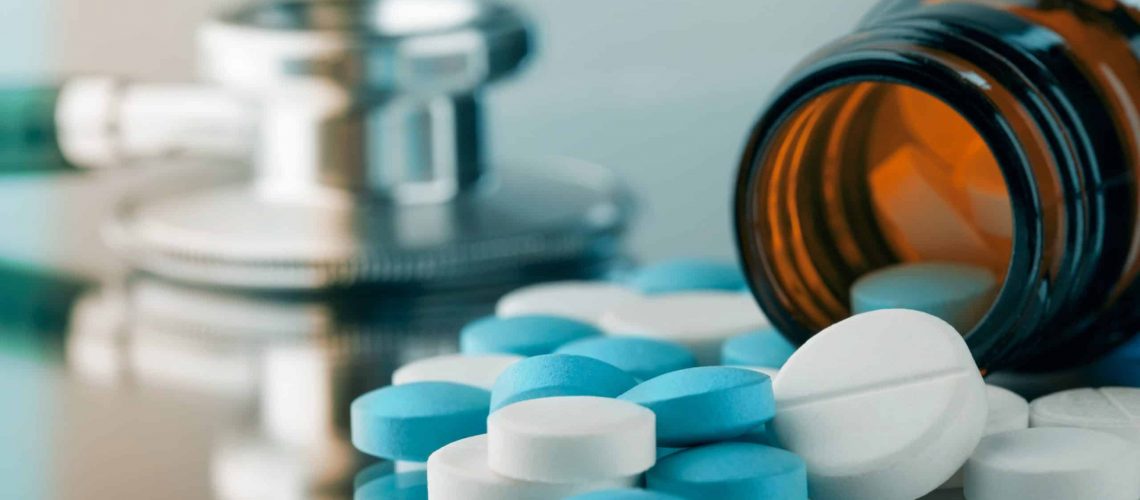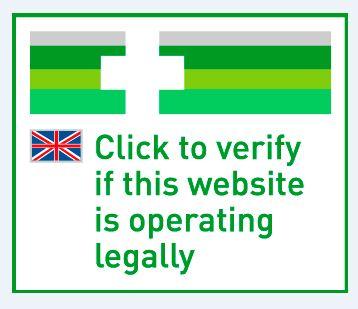Whether we like it or not, at some point during our lives we will probably all be advised to take a medication for something, whether it is a painkiller for a headache, a course of antibiotics for a chest infection, or a daily tablet for a long term condition such as diabetes or heart disease. According to the World Health Organisation the global pharmaceutical industry is expected to reach US$ 1,170 billion a year by 2021, and this is reflected in pharmacies across Europe and the United States, where the array of pills and potions for every potential ailment is really quite staggering.
In the UK there are three main classes of medication: prescription only (POM), over-the-counter (OTC) and those on the general sales list (GSL), which are freely available to purchase off the shelf in supermarkets. The types of medication available for general purchase tend to be low-dose painkillers and remedies for minor ailments such as coughs, colds and indigestion. OTC medication are used to treat conditions which do not require the direct supervision of a doctor, but where some degree of caution is required; they may have the potential to interact with other common medications or to become addictive, and so these are dispensed at the pharmacist’s discretion. POMs can only be obtained after consultation with a doctor.
Unlike in most of the UK, in England there is a charge of £9.35 for each item on an NHS prescription. The broad concept behind a flat rate prescription charge is that it should mean that any patient can afford any drug regardless of how expensive it is to produce. Developing a drug is time consuming and costly, and it can take may years and in excess of £1 billion to refine a medication and subject it to the rigorous trials that are necessary for it to be licensed. To enable the company to recoup some of this expenditure it will take out a patent on the drug, meaning that it is the only company that can produce that drug for a set length of time (usually 20 years). After this time other companies can produce their own version of the medicine, which becomes known as a “generic” form, since it is generally marketed using the name of its active ingredients rather than a brand name.
Before a generic drug is licensed the drug company must prove that their version contains the same active ingredients as the original, however it will not incur the same development and testing costs, and so the drug can be marketed at a much lower price. This is something that we can easily see on supermarket shelves – Nurofen is much more expensive than the generic ibuprofen, for example, and Panadol is more expensive than the generic paracetamol.
For patients requiring a medication on a long term basis or in large quantities it is generally cheaper to obtain the drugs on prescription, but in some cases there are savings to be made by opting to buy them over the counter instead. For example, you can pick up a month’s supply of aspirin 75 mg tablets for less than £1 in most supermarkets, but this would cost £9.35 on prescription. Patients suffering from angina could also pick up a generic GTN spray over the counter from around £3.50, a saving of £5.50 compared with the prescribed equivalent, and hayfever suffers can obtain a month’s supply of loratadine, an antihistamine, for around £2.50 in most supermarkets.
The charge of £9.35 for every item listed on a prescription means that if a patient is regularly prescribed three medications on a monthly basis, the total cost is £28.05 per month and £336.60 per year. Those over 60, under 16 (or under 18 if in full-time education) and pregnant women are entitled to free prescriptions, as are people undergoing treatment for cancer, the effects of cancer, or the effects of previous cancer treatment. Certain medical conditions are also exempt, including diabetes and certain types of epilepsy (a full list can be found on NHS England’s website).
For those patients who do not fall in to one of these categories but require regular medication, a hidden gem exists in the form of the NHS pre-payment certificate. Anyone is entitled to apply, and the biggest benefits come to patients who regularly require three or more medications on prescription on a monthly or two-monthly basis. Three medications prescribed every two months equates to an annual spend of £168.30 and an annual pre-payment certificate costs £108.10, a saving of £60.20 per year. Once a pre-payment certificate has been purchased, all prescriptions for that year will be covered, including one-off items such as antibiotics and prescription strength painkillers. The easiest way to apply for a certificate is online via the NHS website.
Speaking of the internet, these days we order everything online, and why should medication be any different? The NHS is in the process of moving over to an Electronic Prescription Service (EPS), whereby, at the patient’s request, the patient’s chosen pharmacy will request a prescription from their doctor so that the patient can pick up the medication at their convenience without needing to drop a script in first (the NHS Choices website has a list of pharmacies currently offering the EPS).
In the last few years there has also been a rise in the advent of online pharmacies, which range in services from facilitating an online consultation with a doctor and dispensing a medication accordingly, to obtaining a patient’s regular prescriptions from their GP practice and dispensing them to their home or place of work. A number of high street chemists such as Lloyds Pharmacy and Superdrug offer these services, and there are many other organisations such as Pharmacy2U and The Independent Pharmacy, which will deliver both private and NHS prescriptions to your door.
A word of caution, though. The World Health Organisation estimates that about 50% of the drugs for sale on the internet are fake and that many online pharmacies which may look perfectly respectable actually do not comply with local or international standards. Fake drugs present a huge problem to patients and doctors alike; a patient might suffer an adverse reaction to the (unknown) components or the tablet may lack the supposed active ingredient and therefore be of no benefit to the person taking it. Online pharmacies unquestionably have their uses, and in the UK any pharmacy offering online prescription services must be registered with the Medicines and Healthcare products Regulatory Agency (MHRA) and display this logo, which when clicked upon should link through to the MHRA registered entry to confirm that the pharmacy is legitimate.

